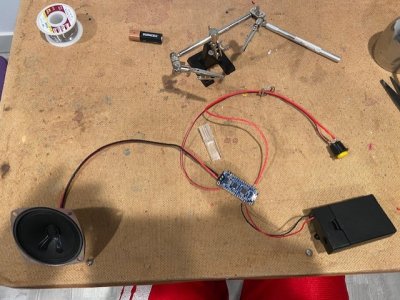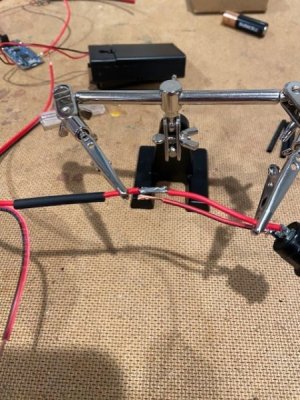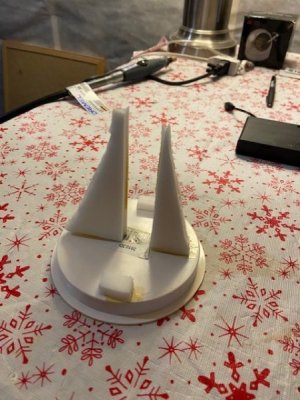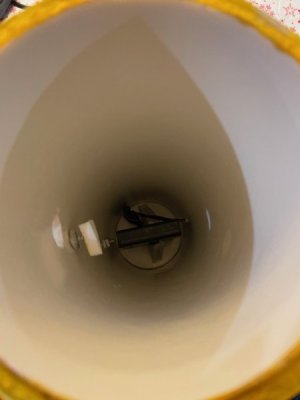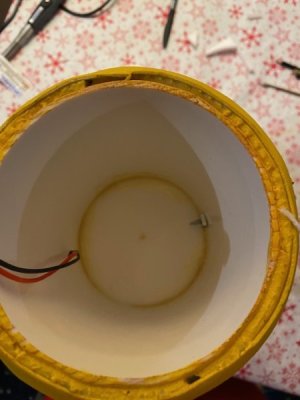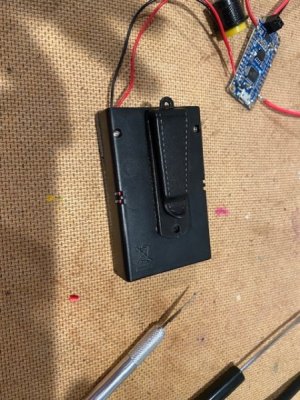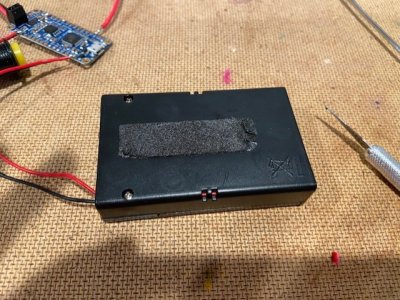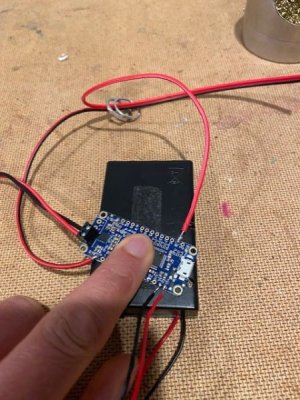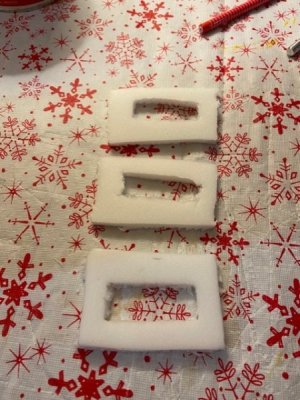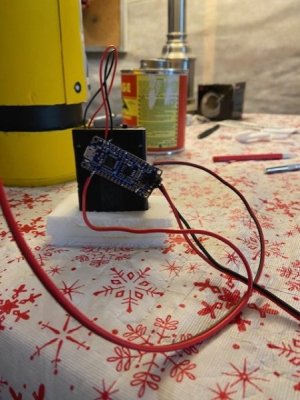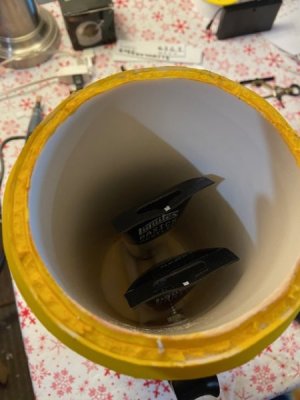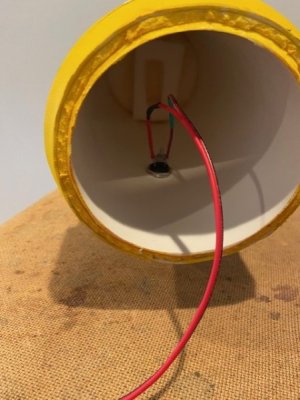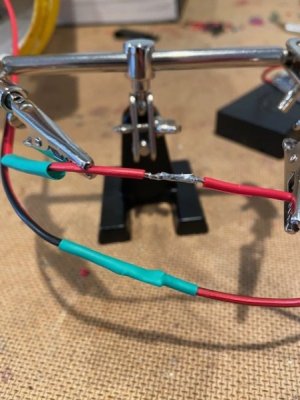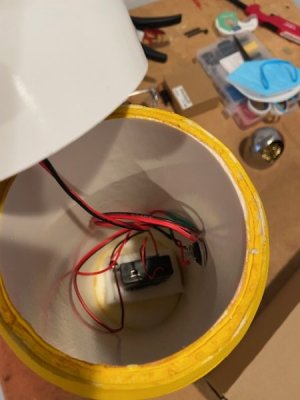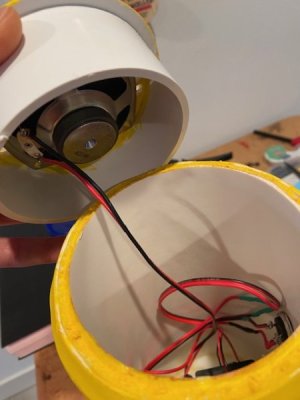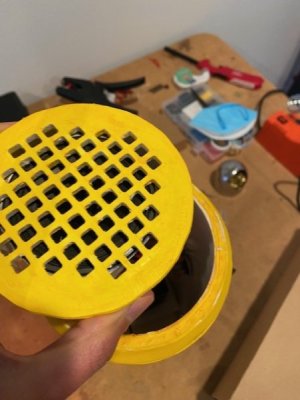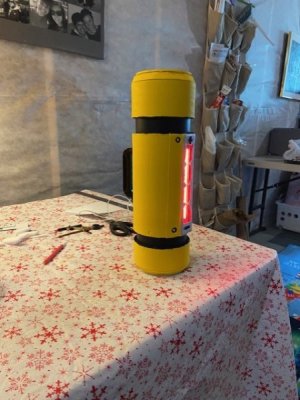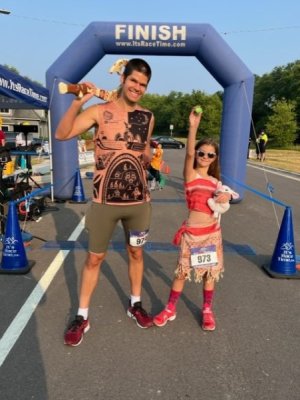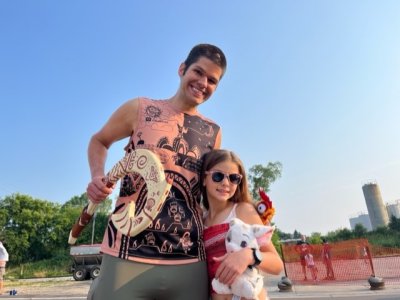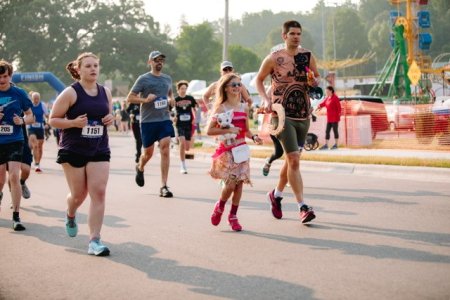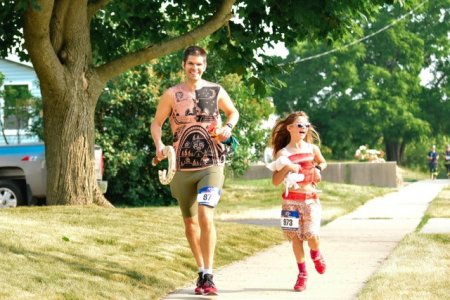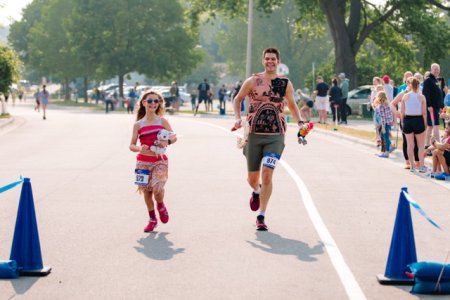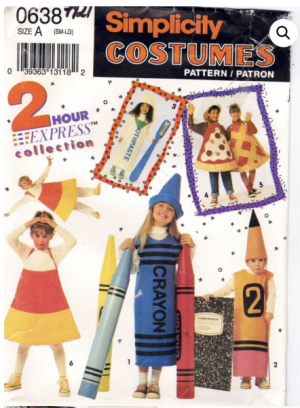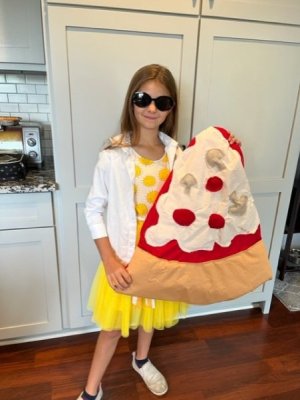Marty and Mike Wazowski - Laugh Canister Part 8 - Soldering the sound board!
We now have a completely painted laugh canister, a lighting system that works in testing, and a sound board that works in testing. It's time to start combining all three into a final working system. The next challenge I was ready to tackle and made the most logical sense as the next step was soldering the sound board system together.
I'm a novice when it comes to soldering. My only experience comes from prior cosplay projects. And the extent of the soldering I've done to date is simply one wire to another wire. Soldering to a sound board or chip was a whole new experience. If you screw up soldering a wire together, then you just make a cut and try again. If you screw up soldering the sound board, then it's a little more complicated of a fix. Honestly, I don't actually know how to clean up a bad solder on a chip. So I was approaching this project as each solder to the board was a once off chance. No mistakes allowed... So let's see what happened.
To solder to the board, I'm using a few items:
-
Heat Shrink Wrap Tubing
-Wire cutter
-Helping Hands
-20G wire
-Soldering Iron w/ solder wire
-Solder tip cleaner
I attached the board to the helping hands.
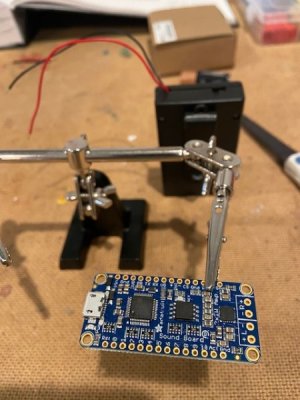
I then did some light reading and youtubing to get a general idea how to solder to a board. My very surface level knowledge was that I was suppose to put a fine tip on my soldering iron, warm up the soldering iron, then touch the iron to the board's pin of interest (for instance the "Gnd" gold ring), and then place the soldering wire close to the tip as to put a droplet of solder on the pin. The goal was to have a droplet that had a good 3-D smooth texture to it. It should also appear glassy and not cloudy. So since I've never done this before, I tried out the technique on some pins that I knew I wasn't going to be using.
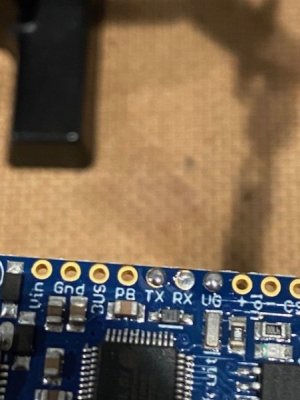
Some where successful - see "UG". And some were utter failures - see "RX". I practiced several times on several different pins. It took a bit to dial in the soldering iron temperature such that it would melt the solder wire, but wouldn't cause it to be too hot and lose the glassy appearance. So if you're following along, test it out several times to dial in the right setting for you before moving onto the real thing.
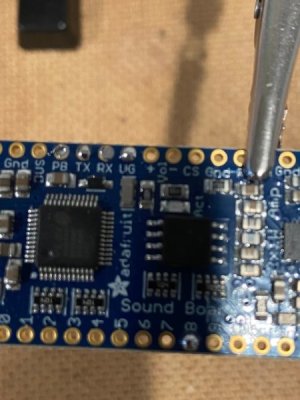
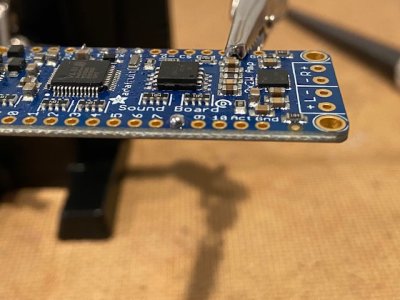
The above two pictures give a good view of a really good solder droplet on "8". Once I started to feel comfortable with the process it was time to do it for real.
My plan was to solder the wires of the battery pack directly to the board. The other option is to put the object (don't know what it's called) with prongs on it that can fill all the holes and then you solder to it. But my issue with that was that I needed the final product to be as flat as possible to save space inside the canister. So having something raised like that seemed like it may make it more difficult even though it would make the soldering process likely easier.
I tinned the ends of both wires of the battery pack by removing the ends of the wire housing using the wire cutter. I then placed a small film of solder over the exposed wires. Then I placed a droplet of solder on the "Vin" pin using the same technique I practiced. Using the helping hands I aligned the red wire from the battery pack to the "Vin" pin. I touched the solder droplet to get it to melt a bit and then
attempted to conjoin the tinned wire to the droplet. I say attempted because I never got comfortable with this part. It would either melt too quickly and become a mess or felt like it never melted. If/when I ever do this again, this is a part I'm going to need way more practice at. But thankfully after a lot of swearing, I finally got the red wire connected to the "vin" pin. I did the same for the black wire and the "Gnd" pin. I removed the helping hands and confirmed the wires remained connected to the pins.
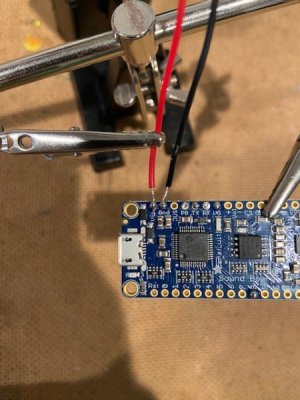
Then I took a deep breath and flipped the battery switch.
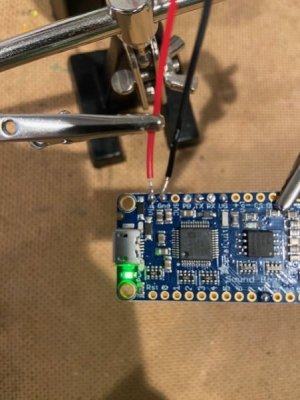
Thank goodness for the green led light. Now we know the board has power and the solder connections are working!
Next up was the button. Because of the difficulty of the board, I decided just to loop the two exposed wires through each connection point on the button. As a reminder, the button doesn't have a "+" or "-" designated connection point. So either wire can go to either point. I looped the wire through and then soldered the wire to the connection point.
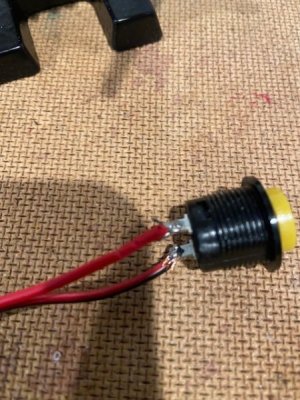
I made sure to loop the washer and screw of the button onto the wire so that it could be held in place when I put the button into the canister.
Flash forward - this is where a mistake was made and I didn't realize it until later.
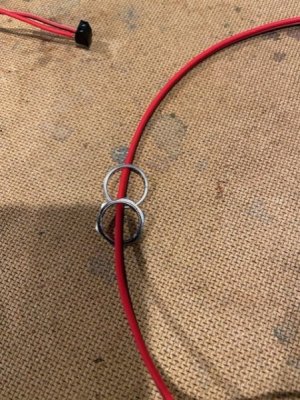
I then connected one of the wires by just looping it through the pin to the "0" and "Gnd" pins. I just wanted to double/triple check that the board was recognizing the button being pushed before I soldered it down.
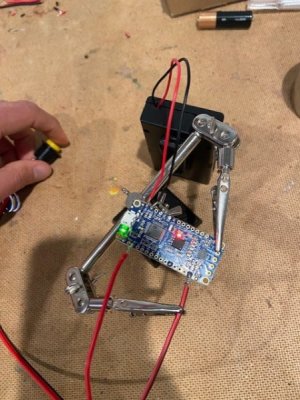
Since I saw the red LED light illuminate, I knew I was good to go.
I soldered one wire to the "0" pin.
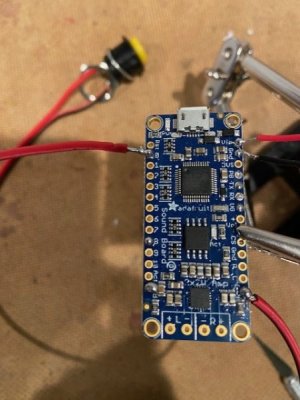
And then attempted to solder the other wire to the "Gnd" pin which is just below the "0" pin in the picture above. Problem was I kept trying and trying and failing. So much so that my droplet of solder was starting to become a blob of solder. I was getting really concerned because the solder was starting to make contact with other "things" on the board so I wasn't sure if it was even going to work anymore. I swore a lot during this part of the process and it was very infuriating. Honestly, there has to be a more reliable way to do this, but I'm not well educated on the how to. Thankfully, the board has multiple "Gnd" pins so I soldered to one on the opposite side of the board. Ultimately, all the "Gnd" are the same. So it should still work despite not being connected to my original choice.
Next up was connecting the speaker and realizing my major (and for a moment I thought catastrophic) error.
Next -
Realizing my error!











